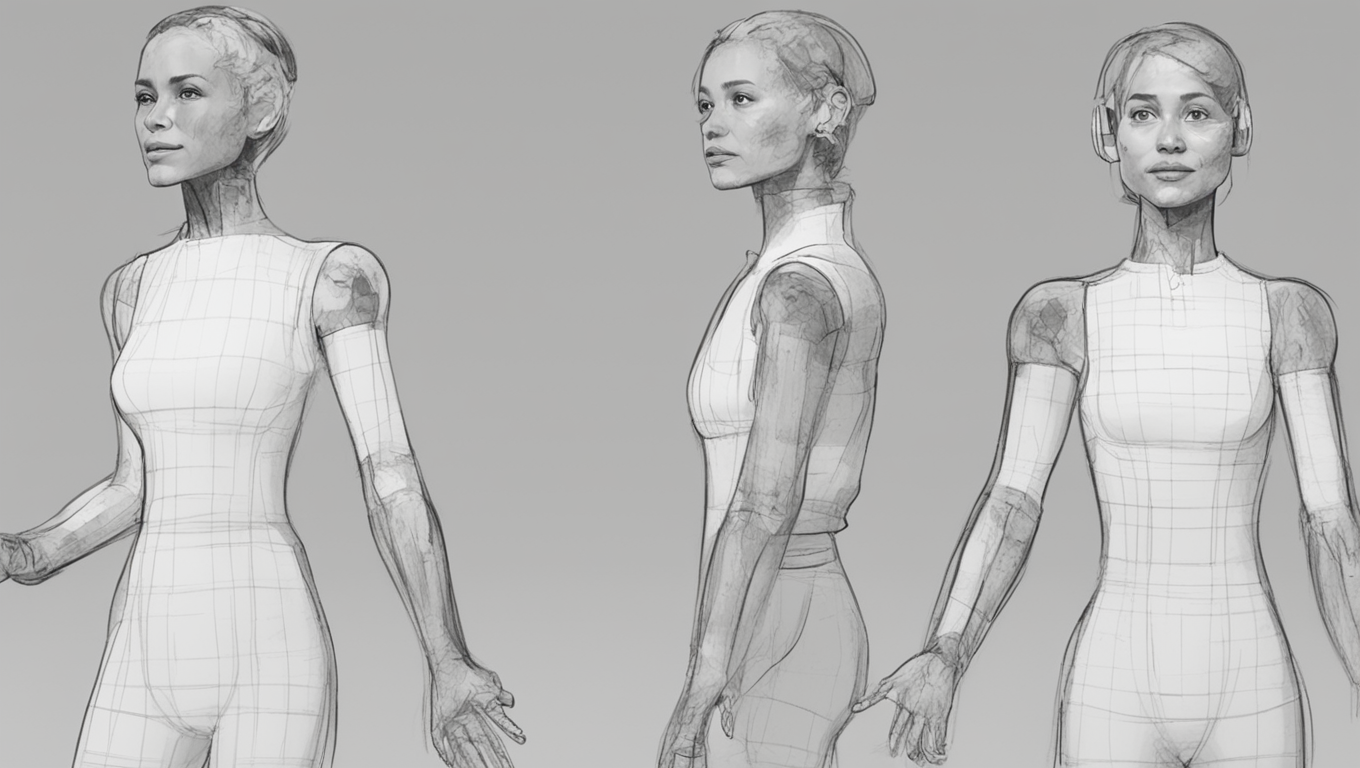Microsoft Research has made a groundbreaking breakthrough in the field of artificial intelligence (AI) that can transform a photo of a face and a voice sample into a hyper-realistic video of a “talking face,” according to a document published by the tech giant this week. The company emphasizes that the goal is not to create content intended to deceive or mislead, but acknowledges that, like “other content generation techniques, it could be misused to impersonate a human identity.” The rapid advancement of generative AI, which can easily produce high-quality content such as texts, images, and sounds, has raised concerns about its potential for fraud and disinformation. Microsoft assures that its research focuses on virtual avatars for positive applications and opposes the creation of deceptive or harmful content involving real people.
The new AI tool, called VASA-1, takes a simple portrait photo and an audio file and converts them into a video where the face comes to life with hyper-realistic movements and speech. The lip movements are synchronized, the facial features are convincing, and though the head movements may be slightly jerky, they are nonetheless impressive. Microsoft has chosen not to release the tool or provide detailed technical information until they are certain it will be used responsibly and in compliance with regulations.
While Microsoft is at the forefront of this technology, other companies and researchers are also exploring similar advancements. Runway, an expert in generative AI for video, is working on a similar technology, as are researchers at Google who have developed an AI model called Vlogger, which can generate realistic videos of talking heads. Microsoft highlights the benefits of developing this technology, such as promoting educational equity, improving accessibility for those with communication difficulties, and providing therapeutic support to those in need.
The rise of generative AI has prompted authorities to consider regulations for its use. In December, the European Union agreed on unprecedented legislation to regulate AI, aiming to promote innovation while curbing potential abuses.
As AI continues to advance, questions surrounding its ethical use and potential consequences become increasingly important. Microsoft’s research, along with other developments in generative AI, highlights the need for responsible and regulated deployment of these technologies. Balancing innovation with ethical considerations will be crucial in harnessing the full potential of AI for positive and beneficial applications.





Use the share button below if you liked it.